
Table of Contents
High cholesterol may have modest symptoms

Plaque formation in the arteries is one of the most prevalent risk factors for heart disease, which is related with high cholesterol.
Cholesterol is a waxy molecule important for the formation of healthy cells in the body. However, when there is an excessive amount of “bad” cholesterol or fatty deposits in the blood vessels, the arteries get clogged, making blood flow problematic. In addition, when these deposits break quickly, they produce a clot that can lead to a heart attack or a stroke.
Although high cholesterol can be inherited, it is frequently the result of a poor lifestyle, including an unhealthy diet, physical inactivity, and excess body weight. Worse then, elevated cholesterol levels typically manifest no signs or symptoms.
However, specialists believe this disease can leave traces in the legs!
Focus your concentration on your legs
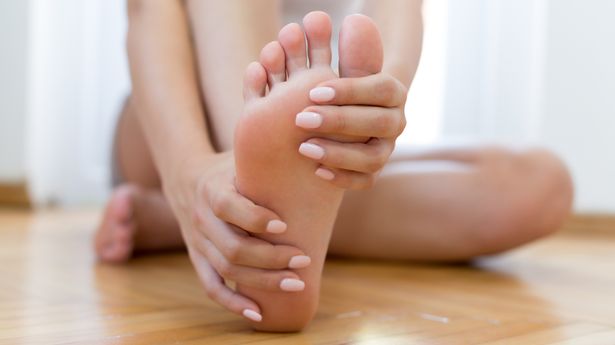
According to specialists, excessive cholesterol that is misdiagnosed and mistreated can lead to atherosclerosis.
Plaque is the accumulation of lipids, cholesterol, and other chemicals in and on the arterial walls, which constitutes atherosclerosis. These fatty deposits or plaque can restrict the arteries, obstructing or impeding blood flow to many body areas, including the legs. Blood clots can occur due to plaque rupture, which can be hazardous.
When blood flow to the legs is restricted or obstructed, a condition known as peripheral artery disease can develop (PAD).
What exactly is peripheral artery disease?
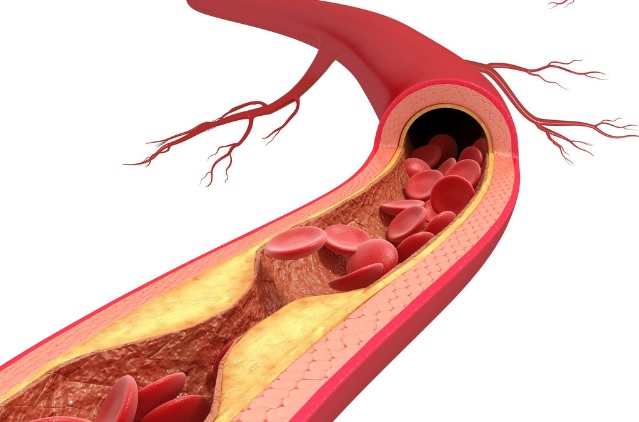
Peripheral artery disease is characterised by plaque buildup that narrows arteries, resulting in decreased blood flow to the arms and legs.
A person with PAD has inadequate blood flow to the legs or arms (typically the legs), resulting in leg pain when walking. This is often referred to as “claudication.”
This can result in critical limb ischemia and acute limb ischemia, which are advanced forms of peripheral artery disease (PAD) impacting blood flow to the limbs if not treated promptly.
Pay attention to the colour of your legs
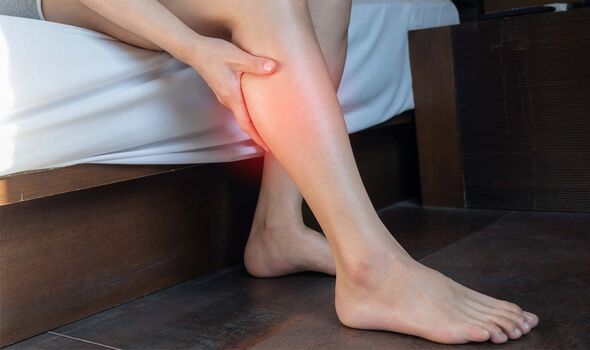
As PAD is associated with decreased blood supply to the legs, it can produce leg discoloration.
If not recognised and treated in a timely manner, your leg may begin to appear pale or blue. This occurs as a result of diminished or restricted blood supply to the legs.
In addition, you may suffer a terrible soreness in your leg, particularly when walking. This discomfort may lessen after a few minutes of rest.
Other symptoms of PAD
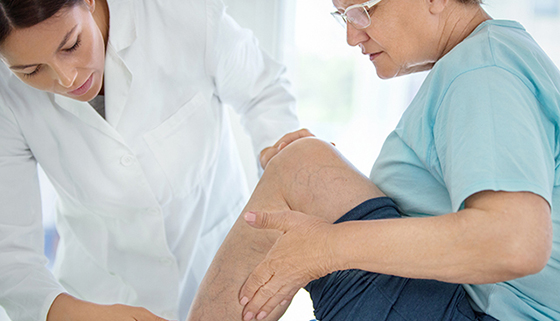
According to the Mayo Clinic, peripheral artery disease (PAD) may manifest with the following symptoms:
– Coldness, numbness, and weakness in the lower leg or foot, particularly in comparison to the opposite side.
– Weak or absent leg or foot pulse
– Painful cramping in one or more hip, thigh, or calf muscles following certain activities, such as walking or stair climbing.
– Slower toenail development
– Unhealing sores on the toes, foot, or legs
– Arm pain, including hurting and cramping when crocheting, writing, or performing other manual chores
– Erectile dysfunction
– Hair thinning or reduced hair growth on the legs
Carry out your blood test
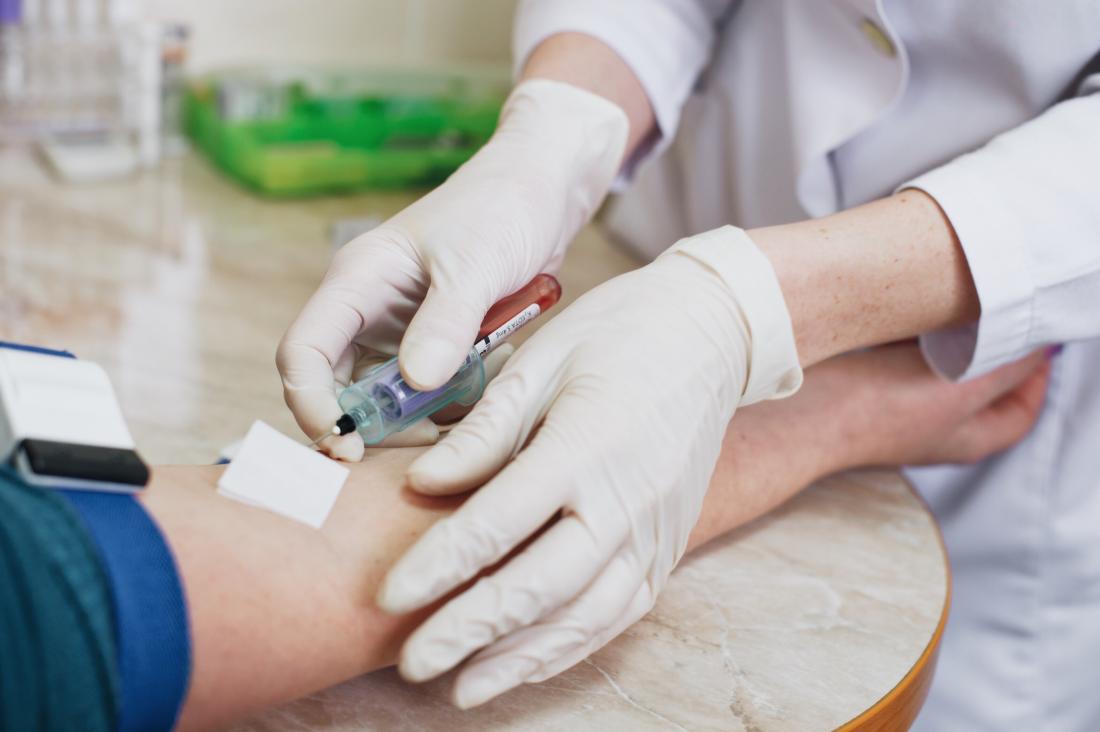
In contrast to CAD, PAD does not necessarily show any symptoms or show any evidence of elevated cholesterol levels in the body.
Having stated that, being tested is the recommended course of action. Blood tests known as lipid profiles can be used to diagnose elevated cholesterol levels. If you need to fast, your doctor will let you know. When the blood is drawn, the fasting period might last anywhere from 8 to 12 hours.
Cholesterol levels can be reduced with appropriate lifestyle choices.

Adopting a better lifestyle can do wonders for your health as a whole.
Eating a good, well-balanced diet and engaging in regular physical activity will assist you in decreasing your cholesterol levels.
In addition, if you are already taking medications for it, you must be consistent and diligent in taking them as prescribed by your doctor.
Achieve a healthy body weight, as obesity is one of the leading risk factors for numerous diseases, including cardiovascular disease.

Leave a Reply